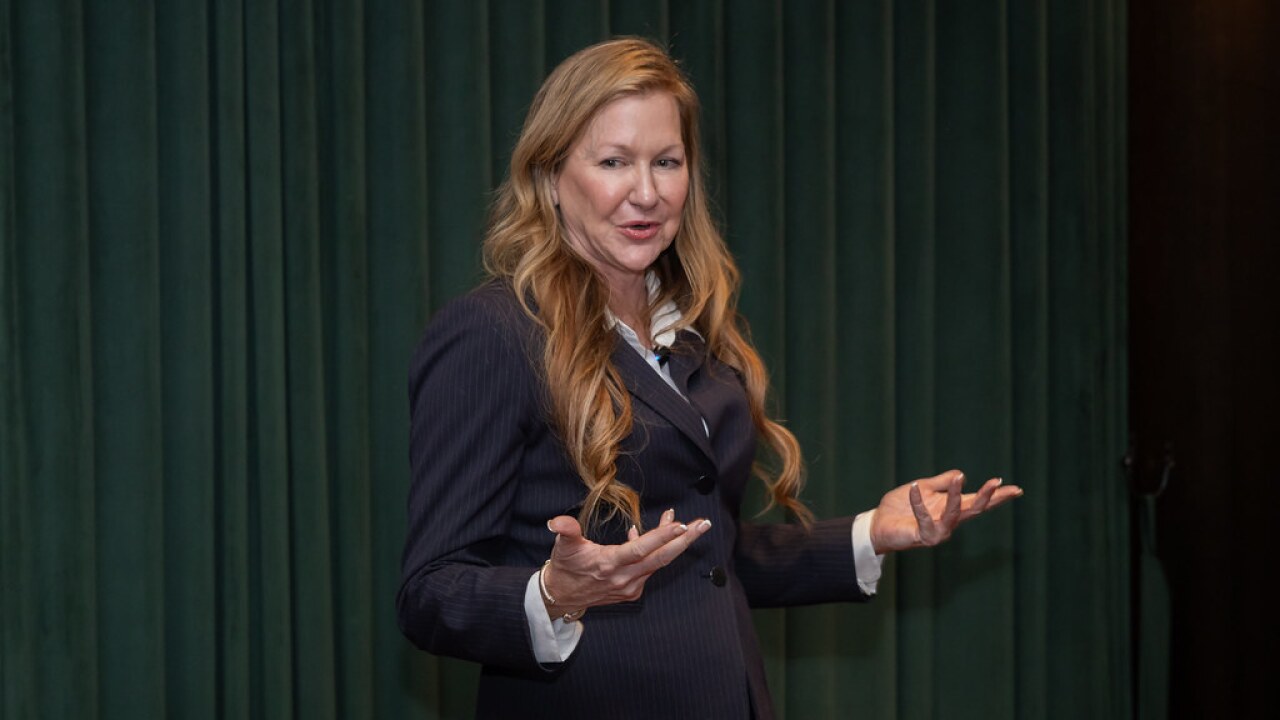We held another in our series of Innovation Roundtables in NYC last Friday. These are small gatherings, attended by insurers and banks, meant to provide an open forum for a deep discussion of a chosen topic. As Mick Simonelli, one of the facilitators put it: “The format provides a chance for innovators to come out of their day-to-day battles, take a tactical pause, gain some perspective and share their knowledge with other practitioners.”
This edition was focused on the Internet of Things in insurance. More than any other previous Roundtable, the threat of disruption amongst the group was very prominent. The discussion was best summarized by one participant: “We have been doing the business of insurance according to “effects analysis” for 300 years. That is, actuaries and underwriters have been looking backwards and projecting what contract terms (rates, guidelines, etc.) should be going forward. IoT in insurance will provide new territory, which is as yet unclaimed by any provider. It will allow insurance to move toward “casual analysis”: what are the true causes of loss and in what interventions can be undertaken to avoid them?” Much of the discussion was about how insurance risk professionals can accomplish casual analysis using IoT tools and techniques. However, there was also a recognition that other entities, outside insurance, may figure this new approach out before insurers. This may be the well-know data firms such as Google, Amazon, etc., or may be a group of data scientists yet unknown.
Other main points from the session include:
- These practitioners report that they sense that the velocity of change around IoT is different than what has been seen before. Unlike other changes in insurance, decision-makers cannot wait for the data to roll in and the “case to be proved” or it will be too late to respond. Companies reported that they have lost partnership deals with start-up firms because they were unable to make a decision in a timely manner. This dynamic supports the need for a “dual governance track” that has been reflected in Celent’s innovation research.
- Donald Light presented Celent’s model of IoT, and the group engaged in a good deal of discussion about what part of that ecosystem insurers will want to “own”. There was recognition of the incredible predictive value of the data that will be produced by IoT. However, it was pointed out that what has happened in commercial lines fleet IoT applications is that insureds prefer to retain control over the data as the value for them of using it to manage their fleet vastly outweighs any premium discount that might be awarded. It remains to be seen if this will play out in other lines of business.
- Regarding commercial lines applications of IoT, it was notable that the group spent as much or more time discussing these opportunities as it did discussing the usual suspects – auto telematics, connected home, and health/lifestyle. Celent sees this as a further maturation of IoT in insurance. The consensus of the group was that commercial IoT is not yet widely addressed and is beginning to be a focus for their companies going forward.
- A lack of cross-industry integration standards was recognized as a significant barrier to expansion. The participants expressed that there is a need (and opportunity) for a data standards group to facilitate this between insurers and potential device providers. Without such agreement, progress will be more expensive and will take longer than it should.
A final discussion point was perhaps the most exciting. The group is tracking the manner in which IoT is changing the profile of the skills required in insurance. Actuarial science is giving way to data science as more predictive techniques and more non-traditional data sources are used. The participants discussed forming a consortium of insurers to partner with NYC-area universities to establish an insurance data scientist training program. Stay tuned!





